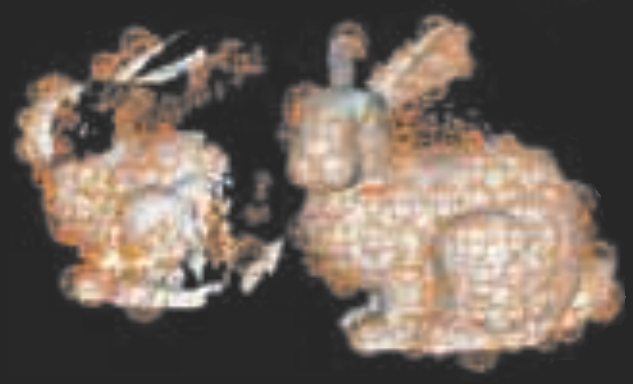3D Scanning and Printing
Intuitive Alignment of Point-Clouds with Painting-Based Feature Correspondence
Authors: S. Transue, M. Choi
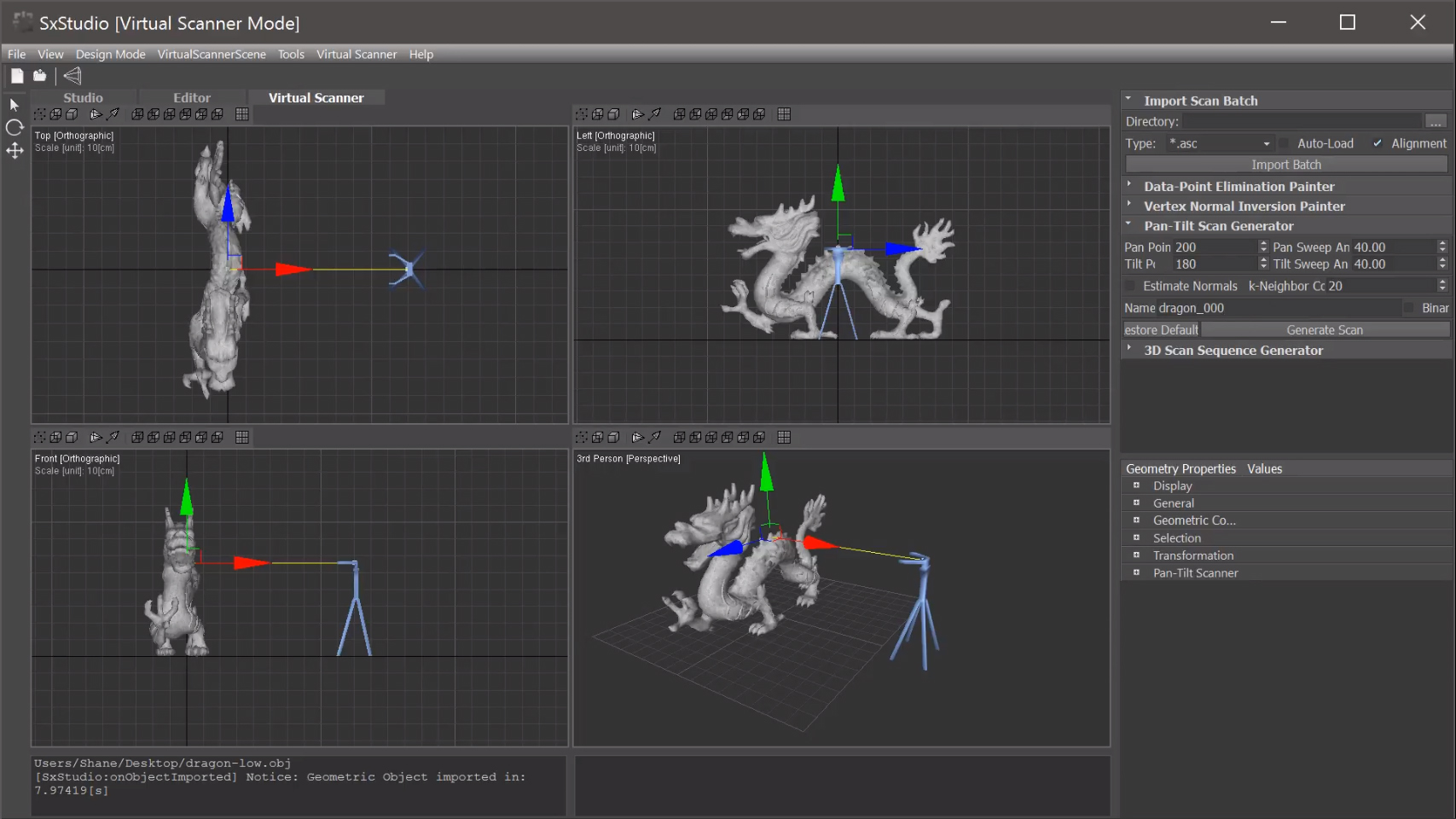
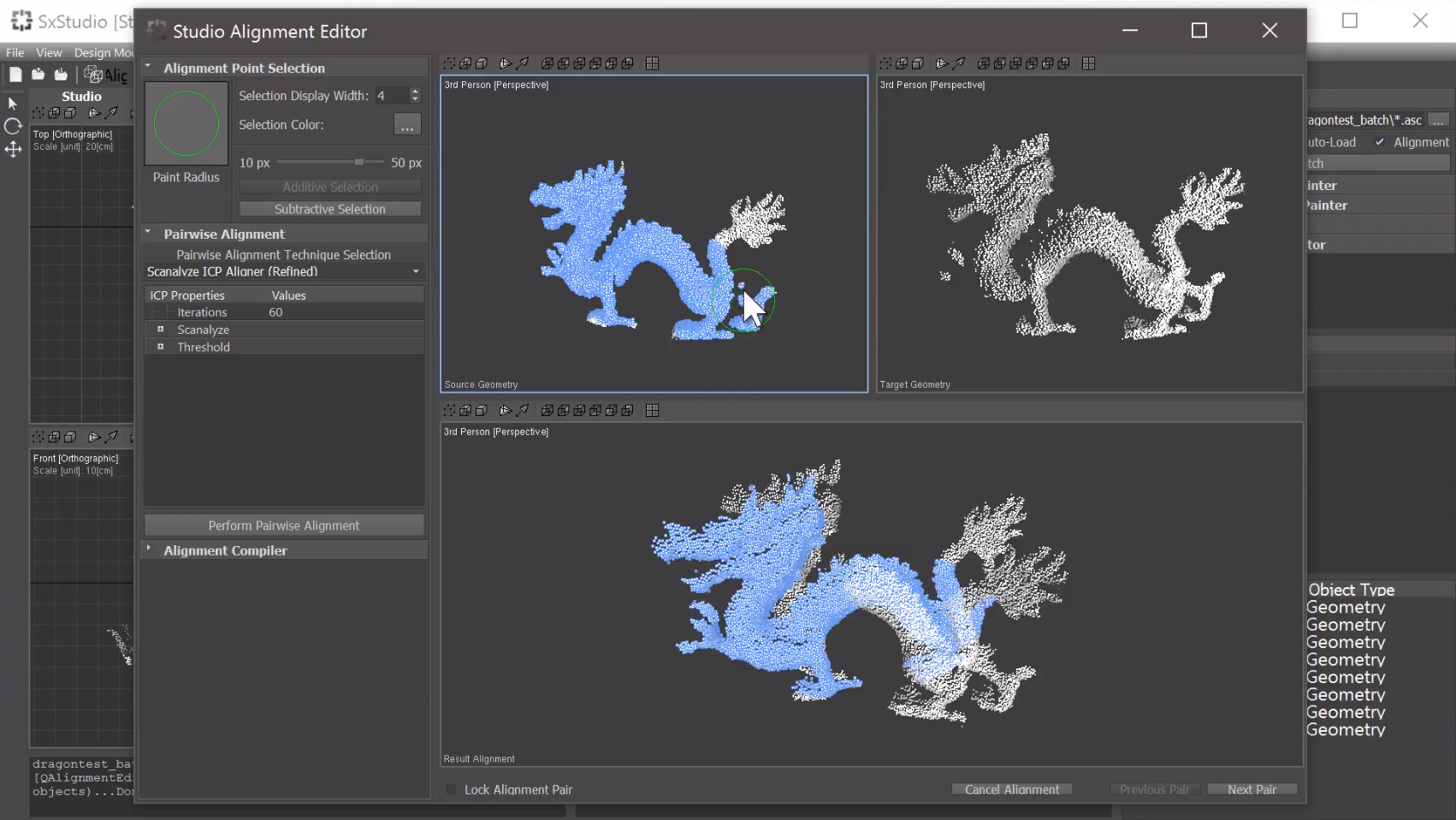
Description: Throughout the course of several years, significant progress has been made with regard to the accuracy and performance of pair-wise alignment techniques; however when considering low-resolution scans with minimal pairwise overlap, and scans with high levels of symmetry, the process of successfully performing sequential alignments in the object reconstruction process remains a challenging task. Even with the improvements in surface point sampling and surface feature correspondence estimation, existing techniques do not guarantee an alignment between arbitrary point-cloud pairs due to statistically-driven estimation models. In this paper we define a robust and intuitive painting-based feature correspondence selection methodology that can refine input sets for these existing techniques to ensure alignment convergence. Additionally, we consolidate this painting process into a semiautomated alignment compilation technique that can be used to ensure the proper reconstruction of scanned models.
Enhanced Pre-conditioning Algorithm for the Accurate Alignment of 3D Range Scans
Authors: S. Transue, M. Choi
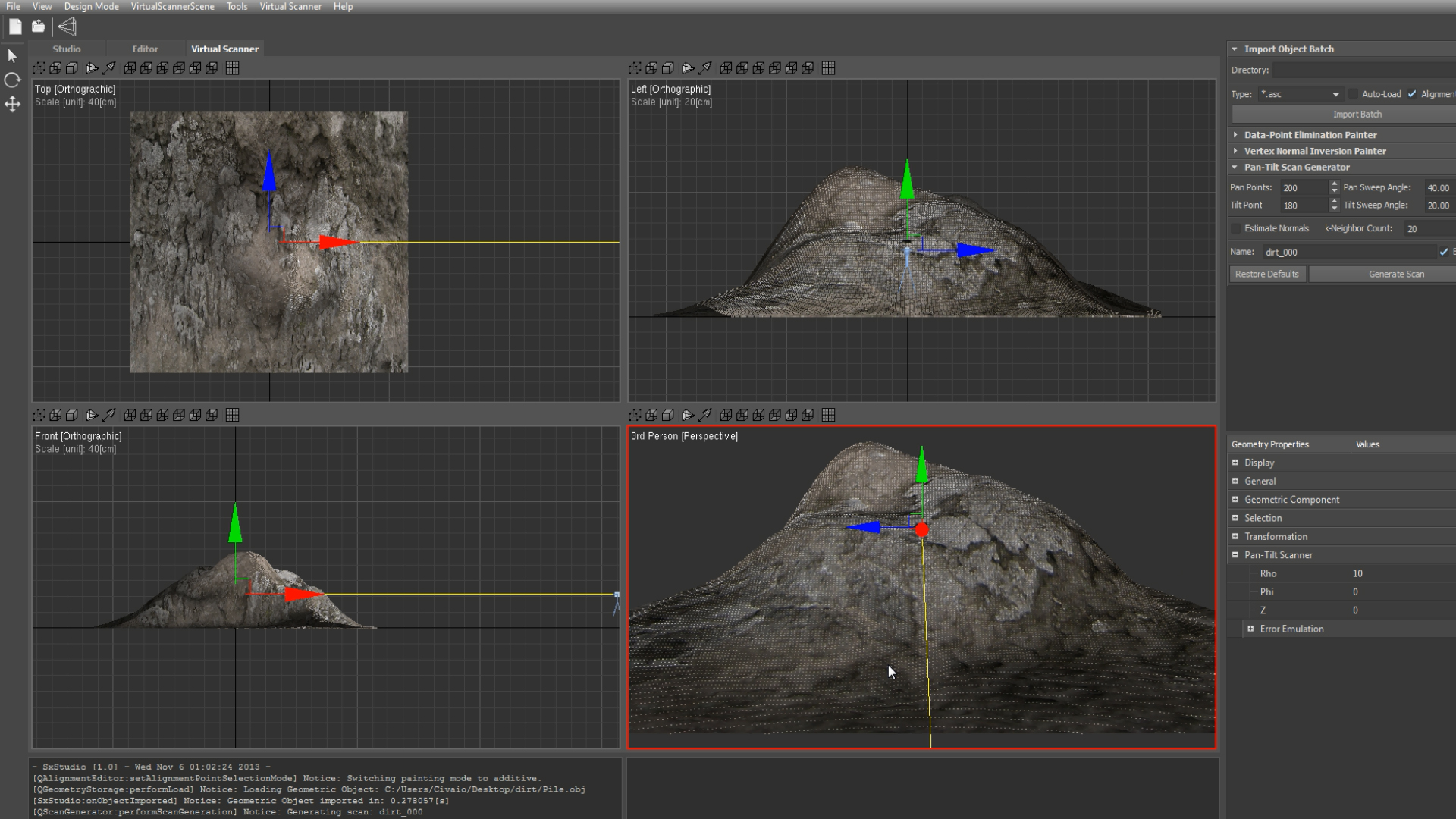
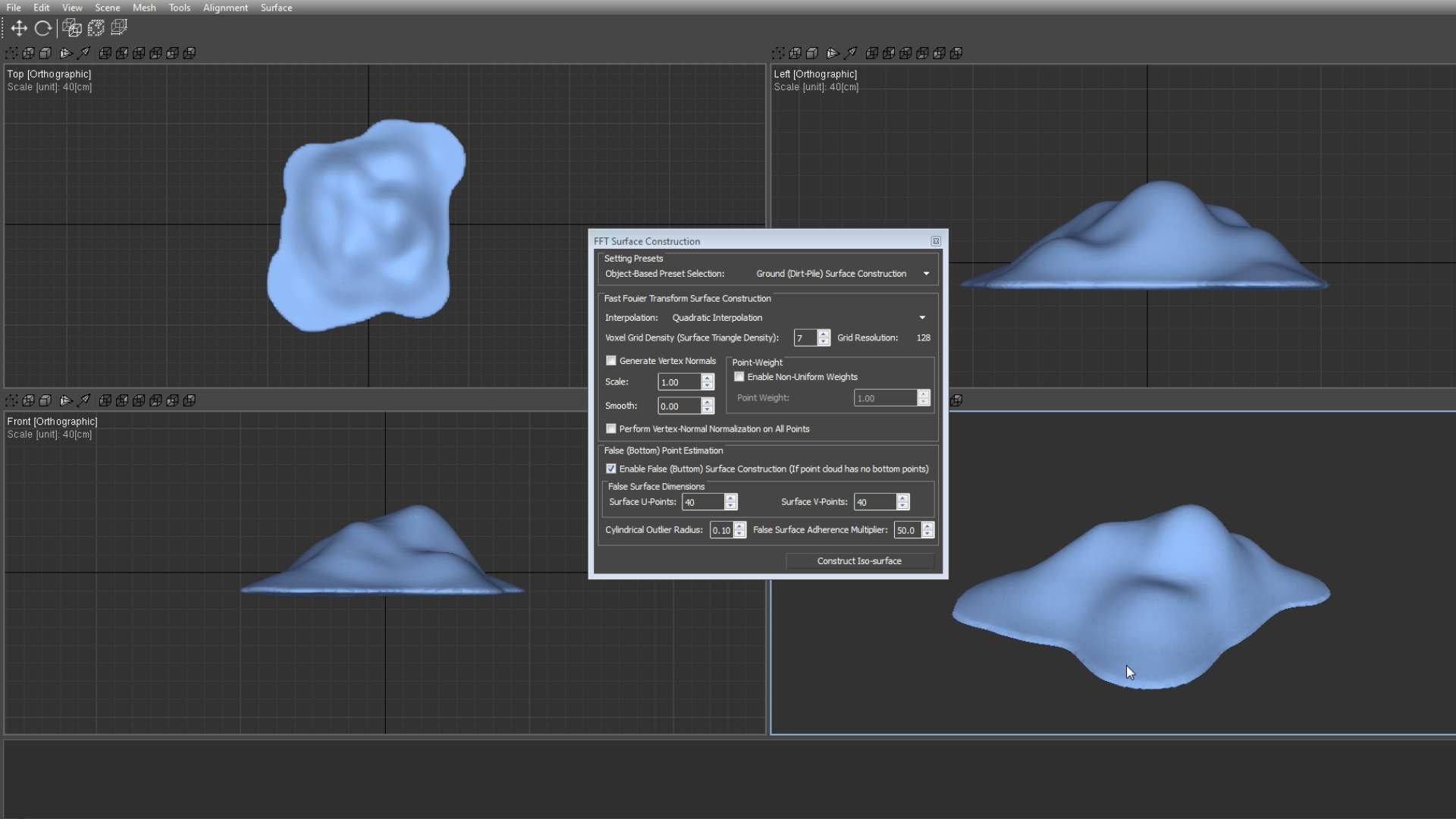
Description: The process of accurately aligning 3D range scans to reconstruct a virtual model is a complex task in generic circumstances. Yet by exploiting the data characteristics common to many mobile 3D scanning devices, we propose a two phase alignment solution that improves the alignment provided by the iterative closest point (ICP) algorithm. Current approaches target how the ICP algorithm aligns two range scans based on modifying minimization functions, sampling functions, and point correspondence techniques. However, while these approaches have provided subtle improvements in the alignment process, the ICP algorithm is still incapable of aligning low resolution range scans with very little overlap. Based on our proposed algorithm, we are able to increase the accuracy of the alignment provided by the ICP algorithm by 40% on low resolution scan pairs and we demonstrate the versatility of this approach by accurately aligning a variety scan pairs with small overlap regions.
Automatic Range Scan Point Cloud Registration using Hierarchical Levels and Feature Recognition Filters
Authors: Alejandro Alonso, Min-Hyung Choi
Description: Range scan point cloud registration problem has been well studied from the extensive exploration of the range images' degrees of freedom to the most commonly used iterative closest point (ICP) approaches. However most iterative point-wise methods work well only when the range images are close enough to solution configuration, and there's no guarantee that ICP would work or not from a given arbitrary configuration. Furthermore, the pair-wise nature of registration demands that each corresponding range image sequential pair must be known beforehand for a complete all-around registration from a batch of unordered range scan to build a complete 3D structure. This paper proposes a novel approach that aligns a set of unordered range images without knowing the correspondence between pairs to the point where ICP is guaranteed to succeed in its finer level registration. The registration task is nicely divided into two phases: the coarse registration which approximates the range images to a probable solution space, and the fine registration that takes the pre-aligned set of point cloud and further refines them to an optimally registered configuration. By incorporating a multilevel hierarchical structure similar to the ones used in bounding volume collision detection methods, this paper aims to reduce unnecessary processes in registration pipeline.
Download Links:
[ PDF ]
